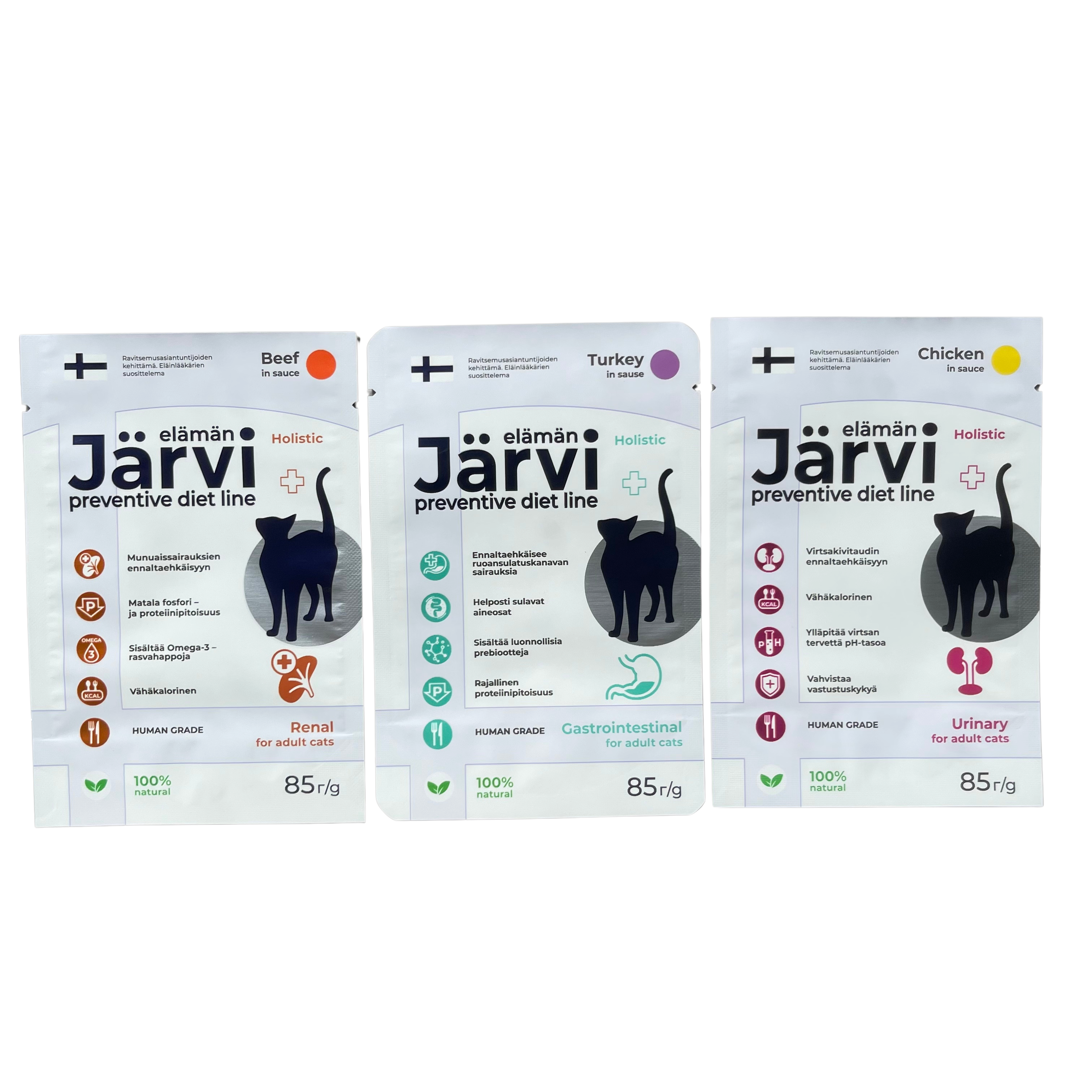In the competitive landscape of food, pharmaceuticals, and chemical packaging, maintaining product freshness and integrity is crucial. The high barrier pouch has emerged as a trusted packaging solution for industries that demand superior protection against oxygen, moisture, and light. Designed to extend shelf life and enhance brand presentation, this packaging format is now a standard in modern B2B supply chains.
What Is a High Barrier Pouch?
A high barrier pouch is a multilayer flexible packaging bag engineered to block external elements such as oxygen, UV rays, water vapor, and odors. It is commonly made from high-performance materials like PET, aluminum foil, or EVOH.
Key Features:
-
Excellent barrier performance: Prevents air and moisture penetration to keep products fresh.
-
Lightweight and durable: Offers strength without adding bulk or shipping weight.
-
Customizable structure: Available in various layer combinations, sizes, and sealing options.
-
Eco-friendly choices: Recyclable and bio-based materials available for sustainable packaging.
Industrial Applications
High barrier pouches are widely adopted across sectors where product stability and hygiene are critical:
-
Food and beverages: Snacks, coffee, dried fruits, sauces, and ready-to-eat meals.
-
Pharmaceuticals: Sensitive formulations, powders, and medical devices.
-
Chemicals: Detergents, fertilizers, and specialty chemicals requiring moisture control.
-
Pet food and cosmetics: Maintaining freshness and aroma while enhancing visual appeal.
Why B2B Buyers Prefer High Barrier Pouches
For manufacturers and distributors, choosing the right packaging impacts both logistics efficiency and brand reputation.
Here’s why B2B buyers increasingly choose high barrier pouches:
-
Extended Shelf Life: Protects contents from oxidation and contamination.
-
Lower Transportation Costs: Lightweight materials reduce shipping weight.
-
Custom Branding Options: Supports printing, matte/gloss finishes, and clear windows.
-
Improved Sustainability: Available in recyclable or compostable materials.
-
Regulatory Compliance: Meets international food safety and packaging standards.
Future Trends in High Barrier Packaging
The global shift toward eco-conscious packaging continues to shape product innovation. The next generation of high barrier pouches integrates monomaterial laminates for recyclability, smart packaging features like QR codes for traceability, and advanced coatings for improved oxygen resistance.
These trends align with the growing demand for circular economy solutions in packaging, making high barrier pouches both a functional and forward-thinking choice for B2B industries.
Conclusion
A high barrier pouch is more than just packaging—it’s a vital component in ensuring product quality, extending shelf life, and maintaining brand integrity across the supply chain. For B2B buyers seeking reliable, sustainable, and customizable solutions, high barrier pouches deliver the perfect balance of performance and practicality.
FAQ about High Barrier Pouches
Q1: What materials are commonly used in high barrier pouches?
A1: Common materials include PET, aluminum foil, PA, and EVOH layers, each providing specific protection against oxygen, moisture, and light.
Q2: Are high barrier pouches suitable for hot-fill or retort applications?
A2: Yes. Many pouches are designed to withstand high temperatures, making them suitable for hot-fill, pasteurization, and retort processing.
Q3: Can high barrier pouches be recycled?
A3: Depending on the material composition, many modern pouches are recyclable or made from mono-material structures to enhance recyclability.
Q4: What industries benefit most from high barrier pouch packaging?
A4: Food, pharmaceuticals, pet food, and chemical industries benefit most, as they require moisture-proof and oxygen-resistant packaging for product stability.
Post time: Oct-30-2025








